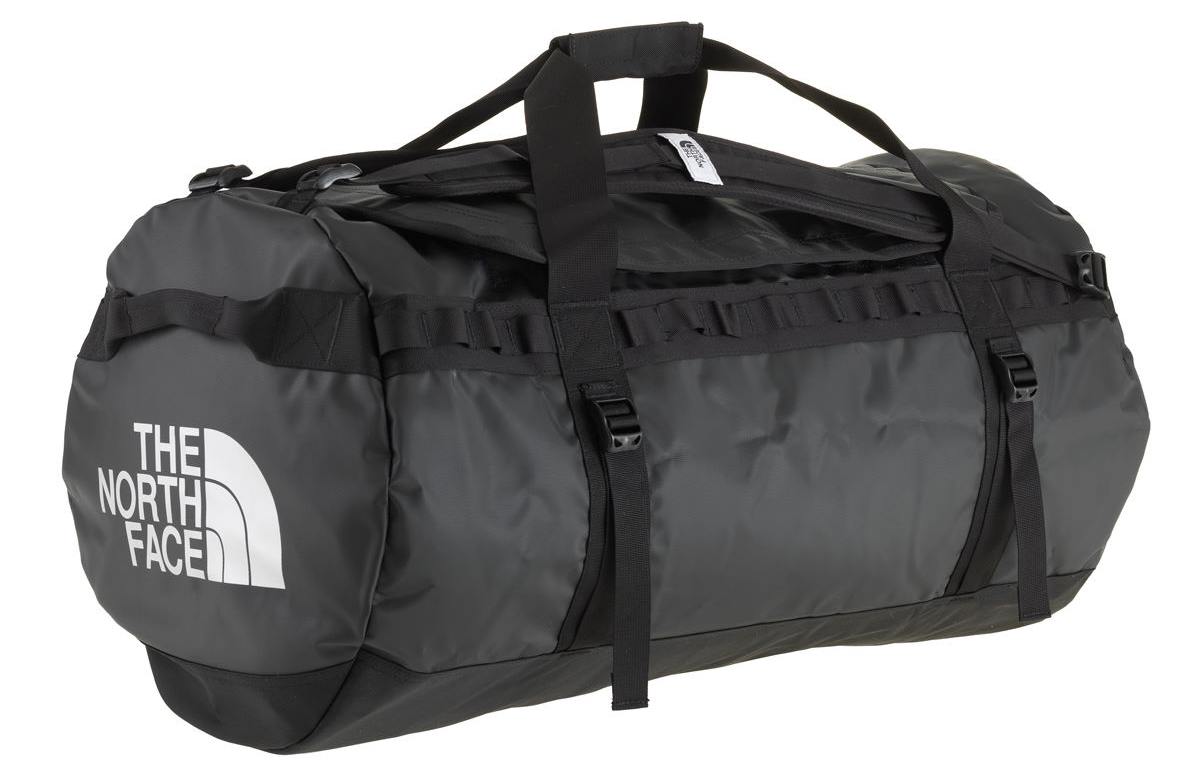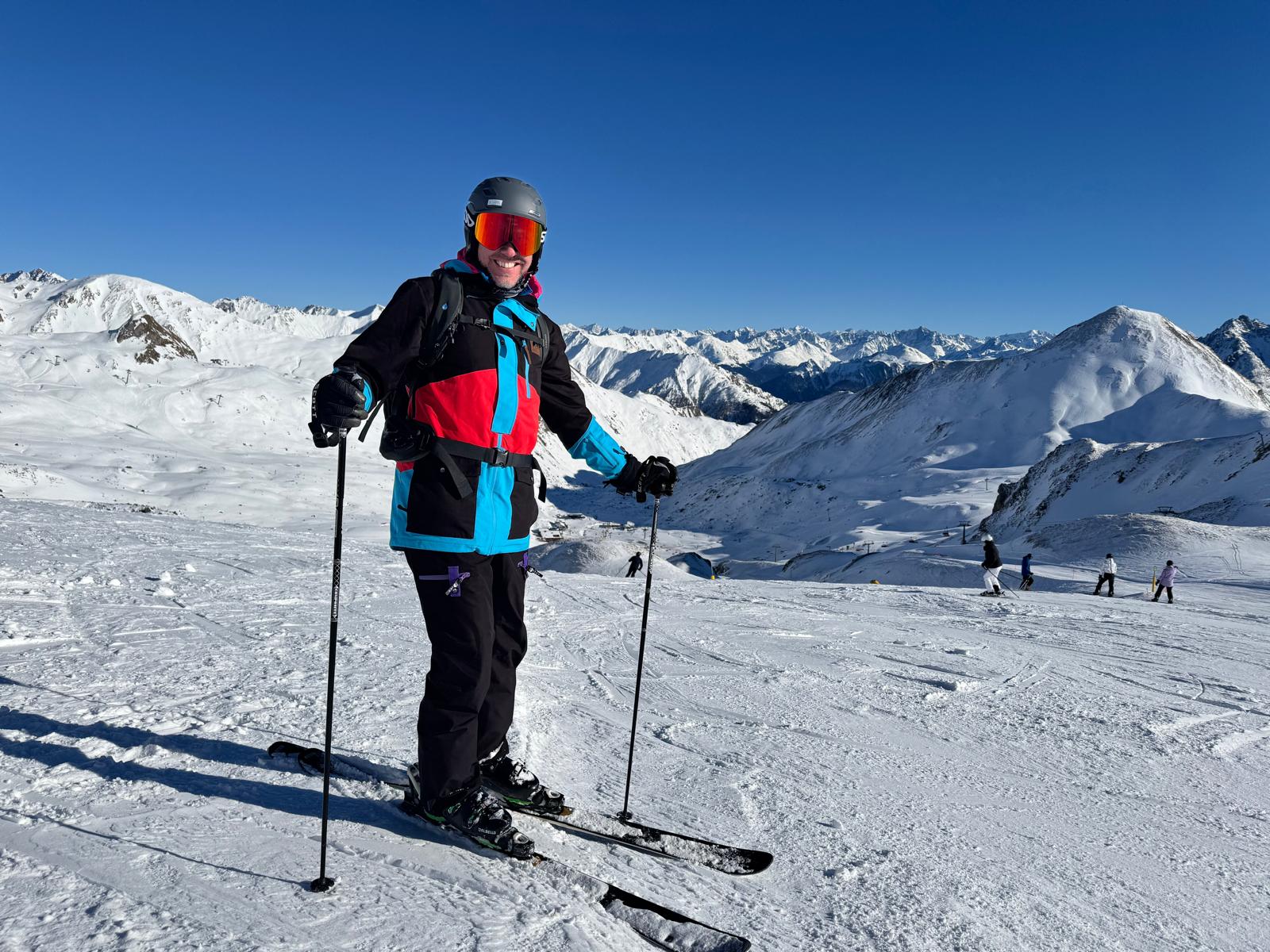What To Pack For A Ski Trip: The Ultimate Packing List
Last Updated on
If you’re new to skiing, packing for your first trip can be daunting. There are so many bits of kit to remember, from staying warm on the slopes to being comfortable during the all important apres ski.
When I wrote this post back in 2016, it was my 14th year skiing. I had a fantastic week with friends in a catered chalet in La Plagne.
As well as having lots of ski experience, I’ve also made plenty of packing mistakes a long the way!
As such, I thought it was about time to put a post together that answers a very important question: What should I pack for a ski holiday?
This post is designed to knock the socks of other ski trip packing list posts, and will ensure your ski holiday is warm, comfortable, and hopefully ensures you’ll be able to enjoy yourself both on and off the slopes 🙂
CHOOSE YOUR LUGGAGE BAG WISELY
Remember – you will be heading into the mountains, and there will be snow on the ground. Every year I see people try and drag heavy suitcases through the snow, with not much luck. The best option is to go for a big holdall.
I recommend something like The North Face Base Camp Duffel (XL) or the Osprey Transporter 120, which has plenty of room for all your kit (including ski boots if you have your own), and can also double as a large backpack, if needs be.

WHAT TO PACK: SKI WEAR ON THE SLOPES
If you are a first time skier or snowboarder, you will probably be renting your skis, boots, poles and helmet. Some of my friends hired through Intersport this year, but you can also hire from companies such as Skiset (who usually have a store in most resorts), or the company you booked the ski holiday through may also provide discounts at different stores.
For renting skis, poles, boots and a helmet, you are probably looking at £80 – £100 for the week.
For your ski trip packing list, let’s start from your head and work down. You will need to pack:
- Ski goggles – good goggles make a big difference on the slopes, so don’t compromise on quality. I have a pair of Sungod Vanguards (£110) that provide great visibility and customisation at a great price.
- Sunglasses – I use Cebe Jorasses sunglasses which have extra side shields, but any good wrap around sunglasses will do the job when ski goggles won’t.
- Face Mask – very useful if there is a biting, freezing wind at higher elevations. Try this one.
- Hat – useful for keeping warm at lunch and looking good during apres ski.
For your main body, you should pack the following:
- Thermal base layers – Merino wool base layers are best, but other breathable thermal base layers are ideal too. You might not need to wear thermal leggings, but they are useful to keep in the chalet or in your backpack in case there is a very cold day.
- Breathable Fleece / Mid-Layer – I recommend the Montane pull ons, but other breathable fleeces will work just as well.
- Ski Jacket – go for a breathable, windproof and waterproof jacket with lots of zips. My current ski jacket is from OOSC Clothing. Bright, breathable, all the technical bits you need and great value.
- Gloves – having cold hands whilst skiing will make you miserable. Investing in a good pair of breathable, warm gloves is very important. It’s even better if they have a drawcord that you can slip your hand into before putting the glove on..which means you won’t lose or drop them! I’ve lost count of the number of gloves I’ve seen in the snow from a ski lift! I wear the Sealskinz Extreme Weather gloves.
- Liner Gloves – these are optional, but are very useful if you use your iPhone / smartphone for taking photos. At the top of the mountain the last thing you want to do is expose your skin to the cold, so liner gloves with touch screen capability are useful items to wear!
- Sunscreen / lip balm with lanyard – I would recommend SPF 50. When the sun is out, in bounces off the white stuff, directly into your face. Having it on a lanyard means you can get easy access without taking off your backpack.
For your legs and feet, you will need to pack:
- Ski socks – long, warm and breathable to keep your feet toasty warm and dry. Take 6 pairs of ski socks if your ski trip is a week long. Don’t wear two pairs of socks – ski boots are designed to be worn with one pair of thick socks; wearing two pairs will likely lead to rubbing and blisters.
A backpack is important to take on your ski trip, because it will contain essential items to keep you warm and hydrated. I use the Osprey Kamber backpack, but also recommend any 25L North Face Backpack, and other backpacks such as the Salomon Trail 20L are just as good. Have a browse here.
In your backpack, I would recommend packing:
- Hat – as mentioned above, throw this into your backpack for lunch and apres ski.
- Camelbak / Water Bladder with thermal cover – staying hydrated is important at altitude. Using a water bladder means you can drink at anytime, without having to take your backpack off. I use a 3 litre Camelbak, with a neoprene hose cover for insulation – this means the water doesn’t freeze in the pipe, allowing you to drink freely at all times, even when temperatures are below zero..
- Sunglasses – mentioned above. If possible, keep them in a hard case, so if you fall over, you won’t damage the arms or lenses.
- Spare thermal base layer – you should be toasty warm, but taking a spare thermal base layer will come in handy if you’re feeling the cold.
- Dry bag(s) – if it snows heavily, your backpack will get soaked, so taking a couple of dry bags will help keep moisture at bay. Put your spare base layer in here.
- Portable Phone / Camera Charger – I use the Anker Astro, which can give an iPhone X two full charges. Keep your lead(s) and charger inside a dry bag.
- First Aid Kit – useful for minor cuts, headaches or pains.
- Hip Flask – this is personal choice, but a nice tipple of Damson gin, brandy or whisky does down a treat in the afternoons 🙂
Another important item, especially if you use your iPhone / smartphone for taking pictures on your ski trip – A Waterproof Phone Case. I’ve damaged a couple of iPhones over the last few years by not using a waterproof case. Using one will prevent any water damage.
Once your phone is watertight, I recommend downloading the Ski Tracks app. Simple to use, press play on the app when you start skiing, and – without using wifi or data – it will track your progress across the slopes during the day. Speed, distance, altitude, a map with your route…perfect for other fellow data geeks 🙂

WHAT TO PACK FOR APRES SKI?
Apres ski commences around 3pm, and can last well into the night, depending on whether you are self-catered or in a catered chalet. That means there are two main types of apres ski: Pre-dinner apres and post-dinner apres.
Pre-Dinner Apres Ski
Usually I come straight off the slopes and into the bar, drink and dance until 7pm and then head for dinner in the chalet. That means I don’t need any extra clothes as I’ll be wearing my ski attire. Dancing on a bar in ski boots is quite a skill 🙂
Post-Dinner Apres Ski
Once you’ve had some food, you might head back out to the bars after you’ve changed and had a shower. Depending on your style, you might wear a shirt and jeans, t-shirt and jumper etc. The bars usually get pretty hot and sweaty later on, so layer up and take items of clothing you don’t mind throwing into a corner. You won’t need shoes or heels either – I just use walking shoes to dance around in, and get me to and from my accommodation safely. I also usually take an extra jacket, so I can feel clean and dry, rather than re-wear my ski jacket.
IS THERE ANYTHING ELSE I NEED TO PACK?
Some chalets and apartments have hot tubs and/or saunas, and many resorts have swimming pools, so check before you go, and if so, pack your bikinis and budgie smugglers.
Don’t forget plug adapters for the country you’re heading too. France takes two pin plug adapters. Also don’t forget the charging leads for phones, cameras and other equipment.
Remember to pack normal socks and underwear, and PJs, if you wear them.
Oh, and don’t forget to buy travel insurance, specifically covering winter sports activities.
That’s it! You should be all set – everything you need to pack for a warm, comfortable, efficient ski trip. Enjoy! 🙂





Leave a Reply
Want to join the discussion?Feel free to contribute!